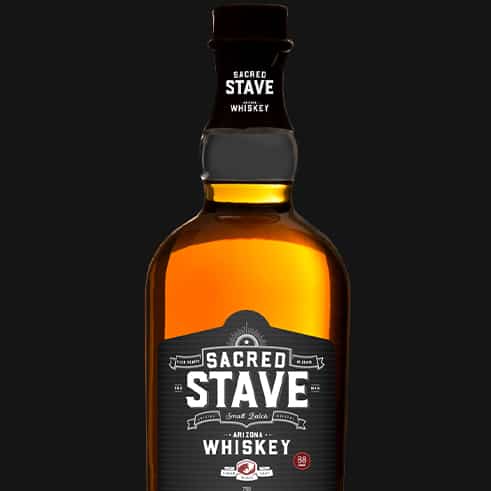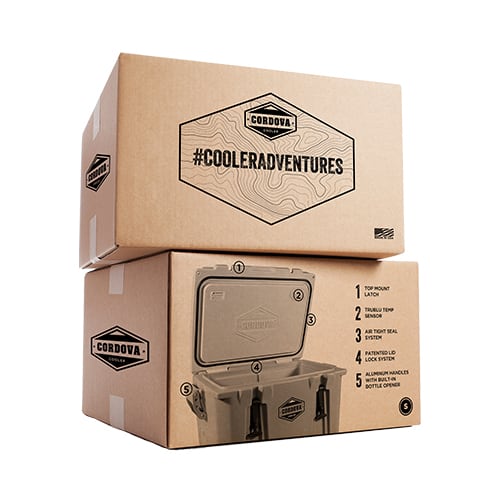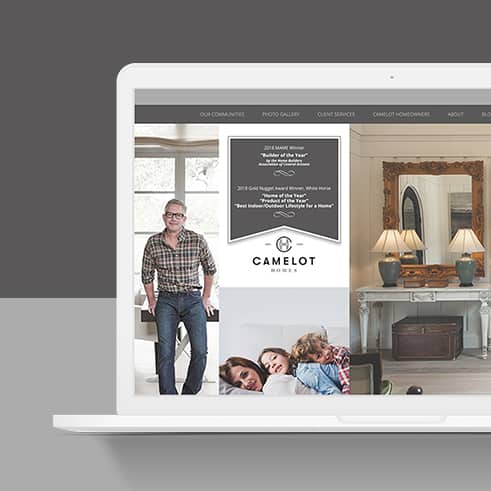Over the last decade, video content has emerged as a dominant force in digital marketing. The rise of platforms like YouTube, TikTok and Instagram, coupled with the widespread accessibility of high-quality video recording devices, has transformed the way businesses engage with their target audience.
The Popularity of Video Content
Video content has quickly become a preferred medium for information consumption, entertainment and brand engagement. Here are a few reasons why video has gained such immense popularity:
Visual Engagement: Videos offer a dynamic and immersive experience, combining visuals, audio, and storytelling to captivate viewers. This medium allows businesses to convey complex concepts, evoke emotions, and make a lasting impact on their target audience.
Higher Engagement: Videos generate higher engagement rates compared to other content formats. According to studies, videos receive more likes, comments, and shares across various social media platforms, ultimately leading to increased brand exposure and reach.
Mobile-Friendly: With the rise of smartphones, video content has become easily accessible on-the-go. People spend a significant amount of time on their mobile devices, making it an ideal platform for businesses to connect with their audience through video.
Creating a Marketing Video
Creating an effective marketing video requires careful planning and execution. Here are some key elements to consider during the video creation process.
Define Objectives: Start by identifying the purpose of your video. Whether it’s to build brand awareness, educate your audience, or drive conversions, having a clear objective will guide the content creation process.
Compelling Storytelling: Storytelling lies at the heart of successful marketing videos. Craft a narrative that resonates with your target audience, elicits emotions, and communicates your brand’s values and key messages.
Quality Production: Invest in quality production equipment and ensure professional execution of your video. Clear visuals, crisp audio, and seamless editing will enhance the overall impact and credibility of your video.
Call-to-Action (CTA): Every marketing video should include a clear call-to-action. Whether it’s subscribing to a newsletter, visiting a website, or making a purchase, the CTA directs viewers towards the desired action, maximizing the video’s effectiveness.
Video Consumption and Creation on Social Media
Social media platforms have revolutionized the way videos are consumed and created. Let’s explore the significant role social media plays in video marketing.
Reach and Targeting: Social media platforms enable businesses to reach a vast audience and precisely target their desired demographic. With advanced targeting options, you can tailor your video content to specific interests, demographics, and behaviors, ensuring it reaches the right audience.
User-Generated Content: Social media encourages users to create and share their own videos, contributing to the viral nature of video content. User-generated videos can be leveraged by businesses to amplify their brand reach and create authentic connections with their audience.
Live Video Streaming: Platforms like Facebook Live, Instagram Live, and YouTube Live allow businesses to connect with their audience in real-time. Live streaming fosters interactive experiences, enabling direct engagement through comments and reactions, building brand loyalty and trust.
Storytelling Formats: Social media platforms have introduced unique video formats such as Instagram Stories, Snapchat Stories, and TikTok’s short-form videos. These formats encourage businesses to tell concise and engaging stories, leveraging creativity and brevity to capture the attention of their audience.
Quality Content: Hiring a Marketing Agency
Producing exceptional brand videos often requires specialized expertise, creativity, and technical skills. Here’s why hiring a marketing agency can be invaluable:
Creative Talent: Marketing agencies possess a team of creative professionals who excel in storytelling, video production, editing, and visual effects. They bring fresh perspectives and innovative ideas to create compelling videos that stand out from the competition.
Strategic Approach: A marketing agency understands the nuances of video marketing, including industry trends, target audience preferences, and effective distribution strategies. They develop comprehensive video marketing strategies aligned with your brand’s goals to ensure maximum impact.
Professional Production: Agencies have access to cutting-edge equipment, software, and resources needed to produce high-quality videos. They handle all aspects of video production, from scripting and shooting to post-production, ensuring a polished final product.
Time and Cost Efficiency: By outsourcing your video marketing efforts to an agency, you can save valuable time and resources. Agencies have streamlined processes, established networks, and the ability to handle multiple projects simultaneously, resulting in efficient video production.
Video marketing has become a crucial tool for businesses seeking to engage, educate, and entertain their target audience. The popularity of video content, coupled with the influence of social media, has created a landscape where videos can make a lasting impact on brand visibility and consumer engagement. By understanding the power of video, investing in quality production, leveraging social media platforms, and harnessing the expertise of a marketing agency, businesses can unlock the full potential of video marketing and establish a strong brand presence in the digital realm.
If you’re looking for a digital marketing partner, contact us today! Commit Agency is a full-service advertising agency located in the Phoenix, Ariz., metro area that believes thoughtfully designed consumer interactions informed by a well-defined brand create moments worth remembering and sharing.





















